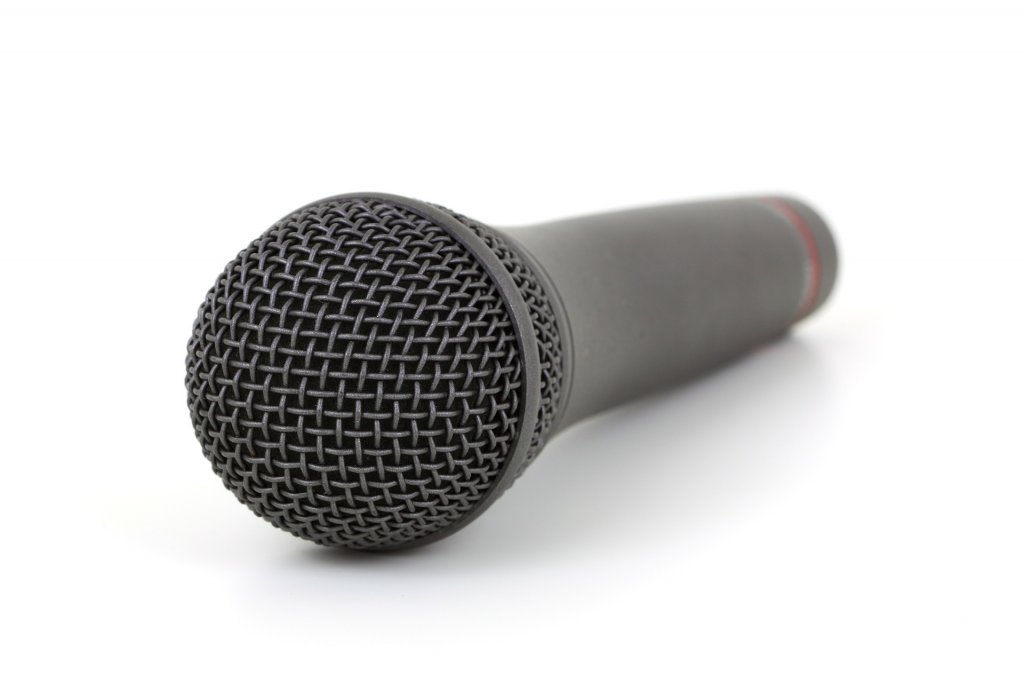Ready, S.E.T., Listen: A Model for Choosing Hearing Assistance Technology
All audiologists are aware of the benefits of Hearing Assistance Technology (HAT), the term now used for “FM systems,” for improving listening performance in difficult listening situations. As choices in hearing technology have exploded in terms of signal processing circuitry, style, options and accessories, so too have choices in HAT. When selecting HAT for a student with hearing loss, several important decisions need to be made. Personal or sound field system? Which transmitter? Which receiver? How is the system “coupled” to the child’s ears? What about pass-around microphones? What about new forms of HAT (incorporating streamers and remote microphones)?
To navigate these choices, I am adapting a model developed many years ago by Sarah Burns, educational audiologist with Edmonton Public Schools and myself. We used the concept of Ready, S.E.T., Listen, to help teachers understand the variables that impact a child’s functional hearing ability in a classroom, where the S stands for Student variables, the E for Environment variables and the T for teacher variables. Our Ready, S.E.T., Listen model provides us with a framework to discuss variables that audiologists need to consider to make the best choice of HAT. In this column, I will concentrate on the S- the student part.

Student
Degree of Hearing Loss
The degree of hearing loss is a key variable; the greater the degree of hearing loss, the more that HAT is needed, and the more likely that personal HAT will be a better choice. However, students with more severe or profound degrees of hearing loss are also more likely to be using cochlear implants, adding considerations that might make sound field HAT a better choice (such as rapid battery drainage with personal HAT use for some processors).
Age and Grade
Age and grade is an important consideration for three reasons; classroom “set up,” ability to use the technology independently, and need for HAT portability. A kindergarten classroom, for example, typically is set up with water tables, sand tables, a few tables and chairs and lots of open space, as compared to a high school math class which is likely set up as student desks in rows. Although teachers are expected to check and troubleshoot technology to a certain extent, ideally students should be able to manage personal HAT independently and to be able to identify and report problems. In Ontario, for example, full-day kindergarten classes typically consist of approximately 30 students (ranging in age from 3 to almost 5 years of age), with one classroom teacher and one early childhood educator. The curriculum consists almost entirely of play-based learning, so expecting teachers to manage a personal HAT system and monitor both their use and the student’s use of the system can add another potential point where breakdowns in use can occur. However, personal HAT might be the best choice for some kindergarten students, all factors must be considered for each individual student, rather than having general rules.
Hearing Technology Used
The type of hearing technology used by the student can impact the choices of HAT that are available to the student. For example, hearing aids that do not have HAT compatibility or telecoils limit the choices of HAT to sound field, or a configuration that uses a streamer. While streamers can be used in classrooms, they do add an additional component which teachers and students need to learn, manage, charge and troubleshoot.
Additional Learning Challenges
Students with additional physical, cognitive or learning challenges may have difficulties managing certain types of HAT or may spend most of their day in educational settings that limit the options or necessity for HAT. For example, a student with a mild hearing loss and severe learning disabilities may spend most of their day in a Learning Centre with 4 other students; variables which need to be factored into our choice of HAT. Students with physical or cognitive difficulties may find a system which uses a teleloop to be more manageable than smaller personal HAT receivers (in which case the potential for inductive interference needs to be carefully assessed).
Student Preference
Our goal is for students to be positive about use of their HAT, be able to manage their technology independently, and advocate for its use. For high school students, who need to transport their technology from class to class and work with multiple high school teachers in using the transmitter and/or pass-around microphones effectively, it is important for them to collaborate in decisions around HAT. Ultimately, HAT does not work if students refuse to use it.
Environment
Grade
The student’s grade level will dictate whether the student spends all or most of the day in one room, or moves from classroom to classroom on a rotary schedule (typically beginning in middle school or grade 6/7). For high school students, for example, personal HAT may be the only option due to the need for portability, yet high school students are often resistant to the idea of personal FM (particularly if their hearing aid technology requires them to wear a streamer). There often needs to be a plan for transitioning to high school for students who used sound field HAT in elementary schools but will need to change to personal HAT.

The grade level also interacts with the need for a pass-around microphone, and the ability of classmates and teachers to use these microphones effectively. For example, a pass-around microphone in kindergarten could be helpful for hearing the soft voices of classmates; however, there is also more potential for breakage as well as potential behaviour management issues when excited young children decide to yell into these microphones or throw it across the room.
Classroom Location and Set Up
Variables such as classroom acoustics and noise levels can have an impact on the choice of HAT in some cases, and situations such as split grade classes or open concept classrooms can make certain types of HAT challenging or impossible. A very open-plan area, where several classrooms are located in the same area with no (or low) dividing walls can make sound field HAT impossible, even though it might be the best choice for other reasons.
Other Students with Hearing Loss in the Class
If there is more than one student in the classroom using HAT, the systems must be integrated as much as possible so that teachers only wear one transmitter. Wearing multiple transmitters is certainly possible, but not comfortable (and sometimes not even possible if both transmitters require boom microphones), and adds the need for additional training for teachers on using and managing multiple systems, such as needing to charge multiple transmitters which use different charging systems.

Teacher
Teaching Style
Teaching style factors into our choice of HAT in terms of what the day looks like – is there more “lecture style” instruction? More lively and fast paced classroom instruction? More small group work? More use of technology such as computers or interactive white boards that need to be integrated with the HAT?
Teacher Comfort and Compliance with Technology
I list this variable at the end because ideally, all classroom teachers should be enthusiastic about using HAT and comfortable with using the technology. However, this is not always the case. It needs to be ensured that teachers with the necessary training and support to use the system, do so correctly and consistently. Classroom teachers very rarely have any voice in the selection of HAT.
The take home message in selecting HAT is this – our most important goal (even more so than sophistication of signal processing or availability of options) MUST be consistency of use, so consideration of all student, environment and teacher variables is important for each individual student, to ensure that our hearing solution allows the best, most consistent access to sound.
In the next issue, I will move on to talk about the Environment and Teacher variables.

